In this article, we explain everything there is to know about Japan’s beloved fortune bringing cat statues. From the legends pointing to the cat’s origins, what cat breed the maneki neko is based on, and the lucky cat’s different meanings based on its colouring, accessories, and also paws!
Table of Contents
- What is Maneki Neko?
- History and Origin of Fortune Cat
- What is the Lucky Cat’s breed?
- Lucky Cat Meaning: Left, Right, Both Paws
- Lucky Cat Meaning: Different Colours Different Blessings
- Not Just for Decoration - The Meaning Behind Maneki Neko’s Accessories
- Takeaway
What is Maneki Neko?
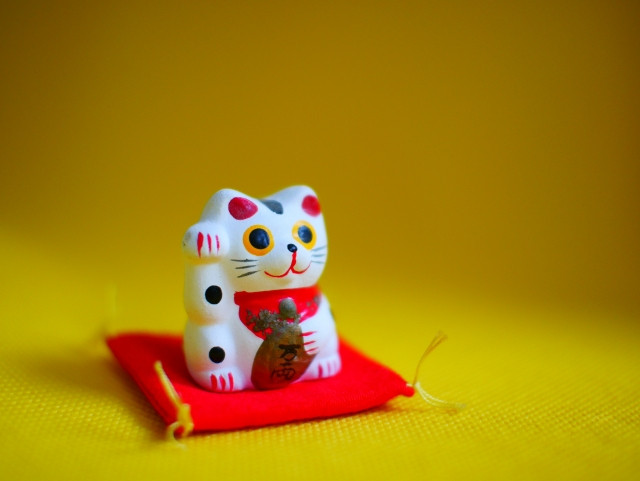
Maneki Neko (招き猫), directly translating to “beckoning cat”, is a cat figure that is believed to bring fortune and good luck. In Western culture, it is known as “Lucky Cat” or “Fortune Cat”.
In Chinese culture, it is known as 招财猫 (zhāo cái māo) meaning “bring fortune cat”.
Writer's Pick
History and Origin of Fortune Cat
There is no concrete evidence of when and where exactly Maneki Nekos first originated from, though many agree that their existence can be traced all the way back to the Edo Period (1603-1867). As a result, there are many theories and legends about the origin of Japan’s fortune cat - from Fushimi Inari in Kyoto to a temple in Shinjuku.
Amongst these stories, the most believed legends occurred at these two places of worship:
Gotoku-Ji 豪徳寺
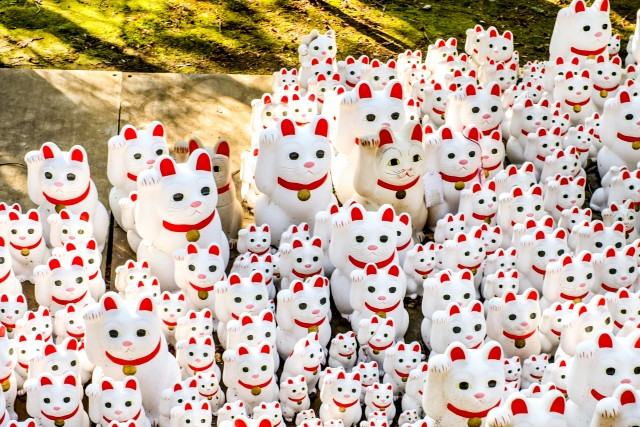
Gotokuji Temple is located in Setagaya-ku, Tokyo. Legend has it that years ago during the Edo period, the daimyo of the land encountered a beckoning cat. Whilst out on a falconry hunting trip, the daimyo passed by Gotokuji Temple. At the temple’s gate was a cat who invited him inside by beckoning with its paw. Soon after stopping at the temple for a break, a thunderstorm broke out. Grateful for the luck that befell him, the daimyo offered his support to the temple and named the cat “Maneki Neko”.
Another version of the story was that the daimyo was taking shelter under a tree in the midst of a thunderstorm. The temple’s cat beckoned him over to the temple. As he approached the cat, lightning struck the tree whose shelter he had just left. If not for the cat, the daimyo would most suddenly have died. The beckoning cat had saved his life. In sincere gratitude of the cat for saving his life, the daimyo built a monument in its honour.
Imado Shrine 今戸神社

Imado Shrine is located in Asakusa, Tokyo. Legend has it that during the Edo period there was a woman who became so poor she could not afford to keep her beloved cat. One night in a dream, her cat visited her with a message to make dolls in her image and she will be blessed with fortune. The woman listened, and she made Imado-ware figures (Imado Ningyo 今戸人形) of her cat and sold them in front of the shrine. The figurines were a huge hit bringing prosperity to the lady.
Read about Imado Shrine’s marriage and couple blessings here:
Tradition and Culture in Asakusa District - Asakusa’s Temples and Shrines
Photo Credit: ©台東区
Info: Imado-ware 今戸焼き物 is a type of Japanese pottery from Imado, an area specialising in manufacturing pottery. The art of Imado-ware can be traced back to the Tensho era (1573-1592).
※ City of Taito, “今戸焼作り”
Maneki Neko Possibly of China Origin
In 2014, a wall carving of a cat with one paw raised in likeness of the lucky cat was discovered in UNESCO World Heritage Site Mogao Caves in Dunhuang, China. The carving dates back more than 1600 years (from 2014) - the year 414. Although, it is noted that aside from the raised paw and squatted position of the cat, the similarities end there as the carved cat has a long raised tail. Whether this “lucky cat” is truly the original maneki neko remains to be seen.
Check the link below for a photo of the aforementioned cat carving.
※ China Daily, “陕西北魏窟龛群中现1600年前"招财猫"”
What is the Lucky Cat’s breed?
Ever wondered what breed of cat the maneki neko is?
The Lucky Cat’s breed is the Japanese bobtail cat, a breed native to Japan.
The unique characteristics of the Japanese bobtail is its pom pom rabbit-like tail, thus the name “bobtail”. Its hindlegs are also longer than its front legs. There are short-haired and long-haired variations of the breed.
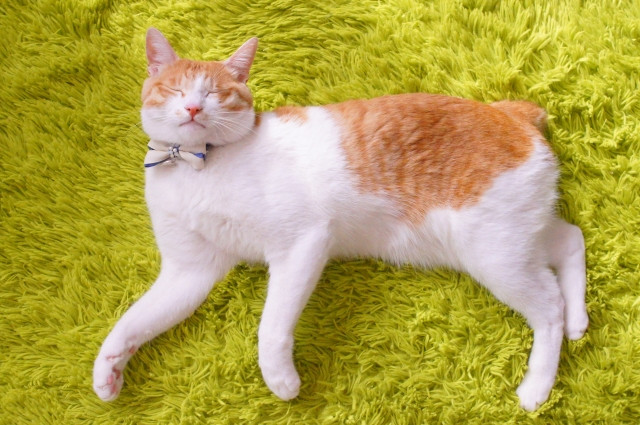
Though the classic image of a Japanese bobtail is a calico (three colour), called mi-ke (三毛) in Japanese which means three hairs, the breed actually comes in variations of coat patterns including solid colours, bicolours, tabbys, or tortoiseshells.
The calico patterned Japanese bobtail are especially popular and frequently depicted in Japanese folklore and artworks. Not to mention the most popular design for maneki nekos.
※ The Cat Fanciers’ Association, Inc., “About the Japanese Bobtail”
Lucky Cat Meaning: Left, Right, Both Paws
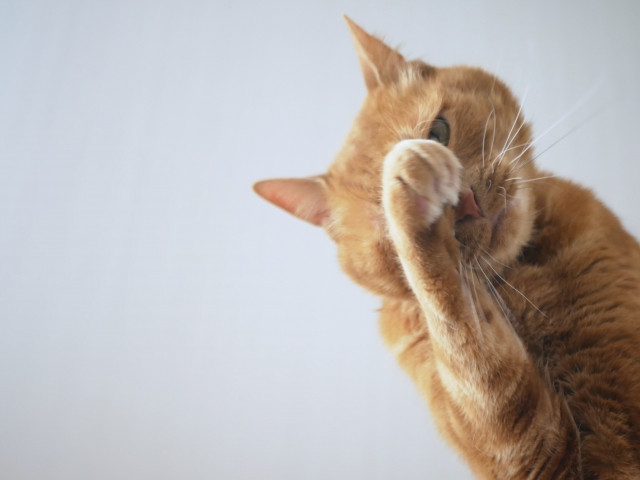
If you pay close attention to the different fortune cats, you’ll notice that some of them have the left paw raised, some the right, and some have both paws up. There is meaning in this; it is not simply a difference in design. The meanings may differ from place to place, but generally they mean the following:
Left Paw: Good fortune (wealth, prosperity) and luck
Right Paw: Thriving business or trade (booming business), brings customers
Both Paws: Combine left and right paw blessings - good fortune and luck + brings business
There is also a saying that the higher the paw(s) is raised, the greater the blessings you can receive as the cat can attract luck from further away.
Lucky Cat Meaning: Different Colours Different Blessings
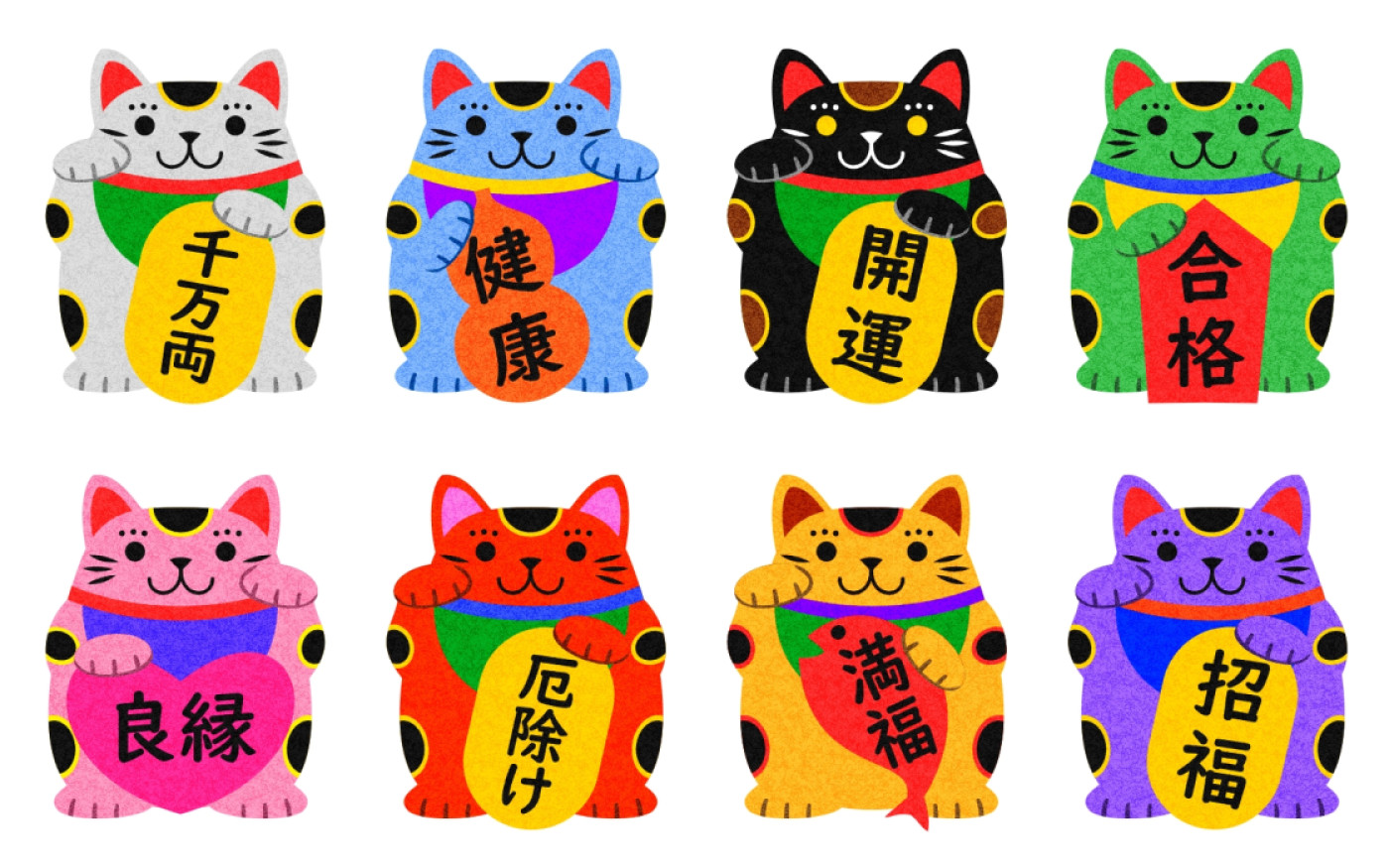
Most fortune cats are designed with a predominant white calico design - black and yellow spots on white, but there are other colours of maneki neko as well. The different colours represent different things including blessings that the cat will protect, bestow or “beckon over”.
Calico: Good luck and fortune
White: Purification, protection from danger
Gold/Yellow: Gold, business prosperity, wealth
Silver: Good opportunity, ward off negative energy, mental health
Black: Protection from evil, family safety
Red: Protection from sickness and disease
Blue: Success in education and career, traffic safety
Green: Peace, safety, health
Pink: Luck in love, good encounters
Purple: Beauty and longevity
Not Just for Decoration - The Meaning Behind Maneki Neko’s Accessories
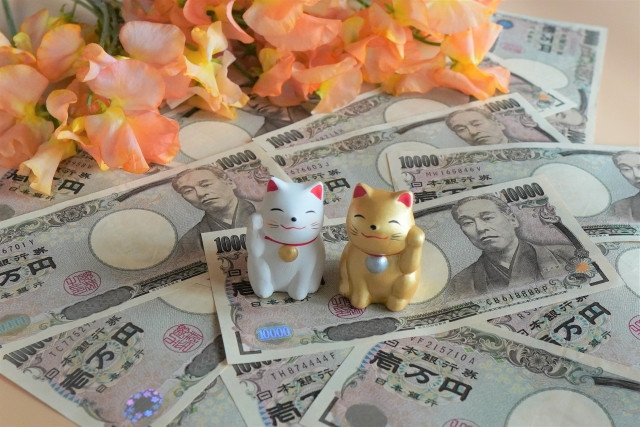
A maneki neko without an accessory is just a normal cat with a raised paw statue, so it’s not far fetched to say that the accessories are what maketh a lucky cat. Even the simplest of fortune cat statues have at least 1 accessory.
Neck Accessory
A lucky cat’s neck is almost always adorned with a collar or jizo bib. The most common neck accessory being a red collar with a golden bell. The collar has historical ties as wealthy owners during the Edo period would fashion their prized pet cats with collars.
Koban
Koban (小判) are oval-shaped gold coins used during the Edo period. 1 Koban was equivalent to 1 Ryo, the previous currency system before Yen. Obviously, they represent money. Some maneki neko carry koban with the words “一千万” (issenman) written on them meaning ten million. (That’s a huge amount of money!)
Info: How much is 1 Ryo in modern times?
Early Edo Period: 1 Ryo is worth around 100,000 Yen
Mid to Late Edo Period: 1 Ryo is worth 40,000 ~ 60,000 Yen
End of Edo (Bakumatsu Period): 1 Ryo is worth 4,000 ~ 10,000 Yen
※ Bank of Japan, “FAQ - Q5.江戸時代の一両の現在価値はどのくらいですか?”
Kozuchi

Uchide no Kozuchi (打ち出の小槌), is a “magic hammer” that has appeared in many Japanese folktales including Momotaro, Heike Monogatari, and Issunboshi. The Kozuchi hammer is said to be able to grant wishes.
Other Popular Accessories
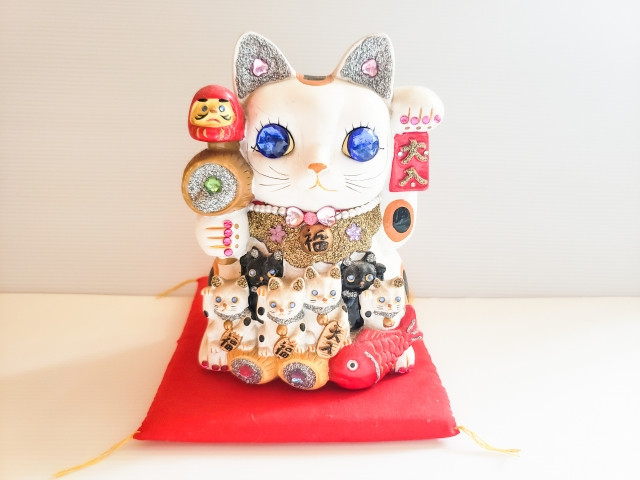
Fish: Koi fish (carp) represent wealth and abundance; Tai fish (sea bream) represent good things happening, or as they say “めでたい事招きたい (medetai dekikoto manekitai)”.
Hollowed Gourd: Hyoutan (瓢箪), the symbol of the God of longevity and wisdom, is believed to grant protection from disasters and bring good luck. Gourds decorated with fruits will bless descendants.
Gems: Represent wealth and wisdom.
Money Bag: Represent money and wealth.
There are so many, so many more accessories that pair up with the lucky cat - daruma doll, fan, drums, abacus, etc. They all pretty much represent the same thing - wealth, good luck, wisdom, and fortune.
Takeaway
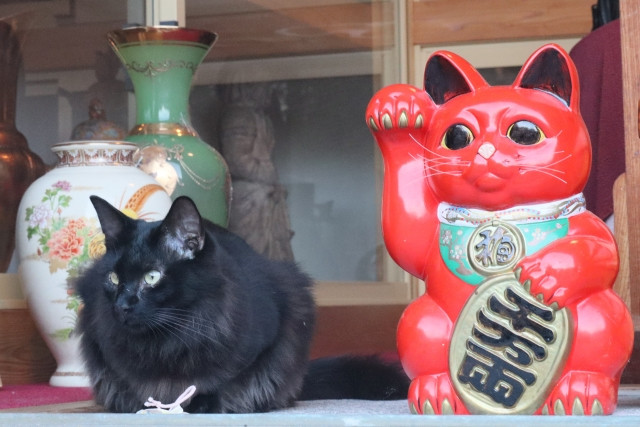
We hoped this article helped you understand all you wanted to know about Japan’s fortune beckoning cat. The maneki neko makes for a great gift for family and friends carrying with it your hopes that good things come to those you care about. Now that you know the different meanings that the lucky cat may hold, you can better pick one most suitable for you, or just get it ‘cause it’s adorable - we would too.





































